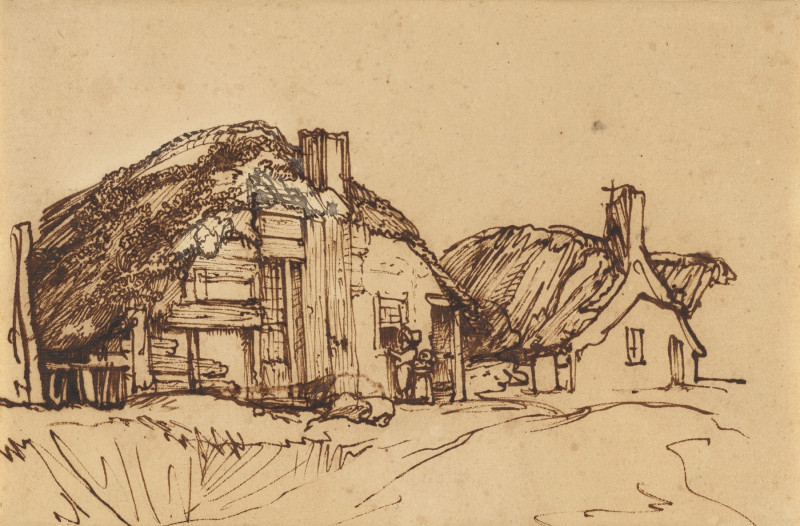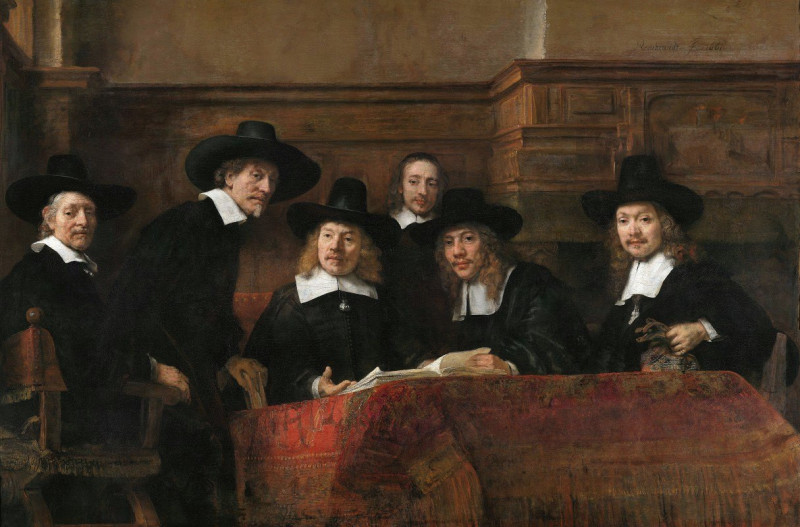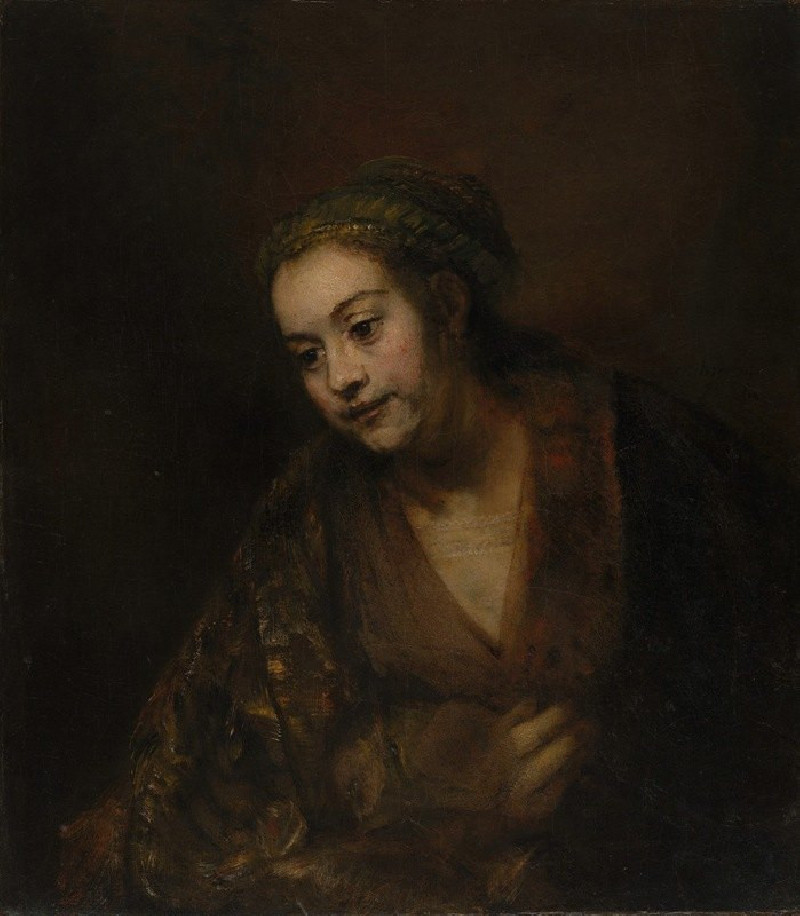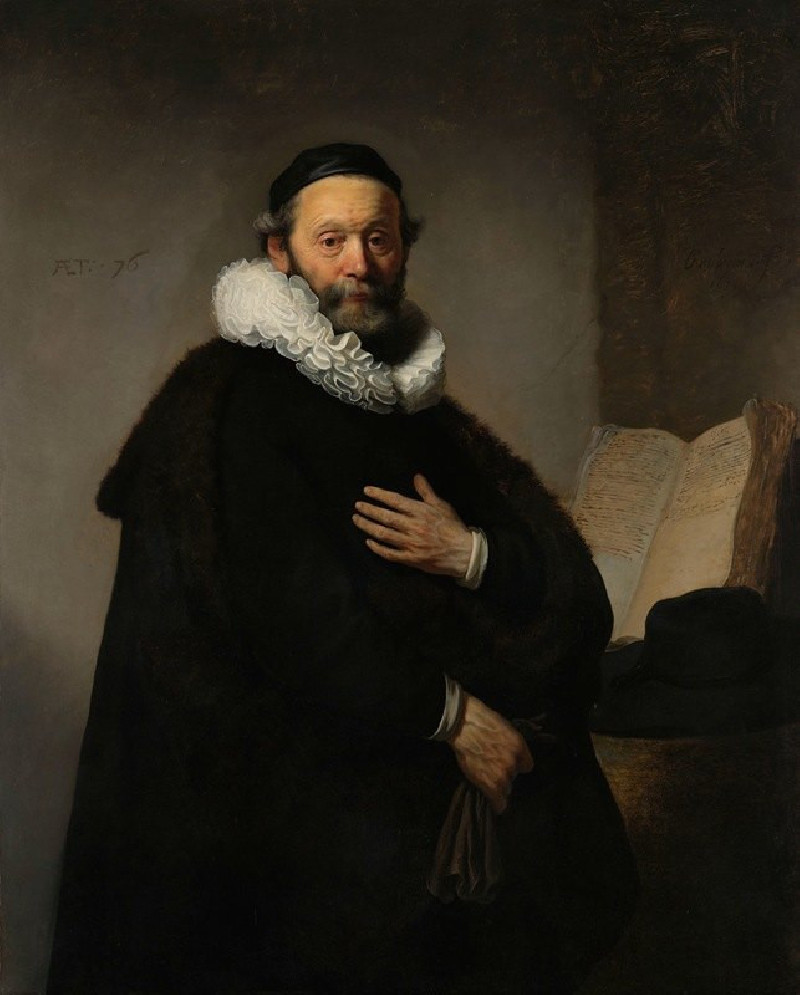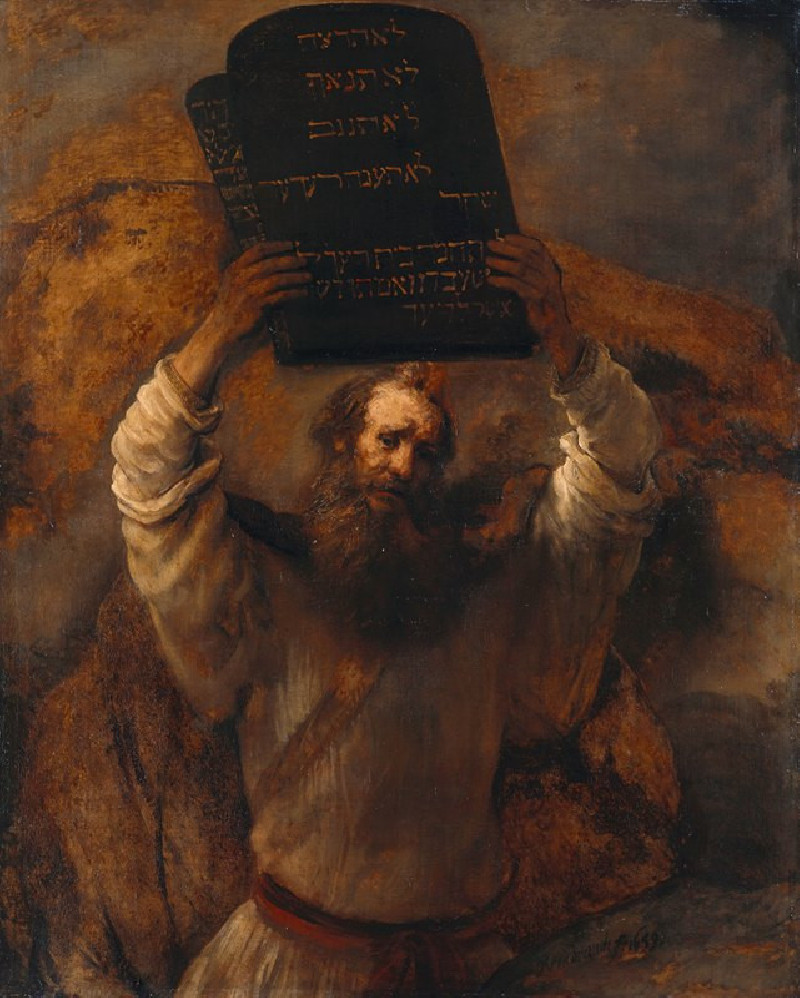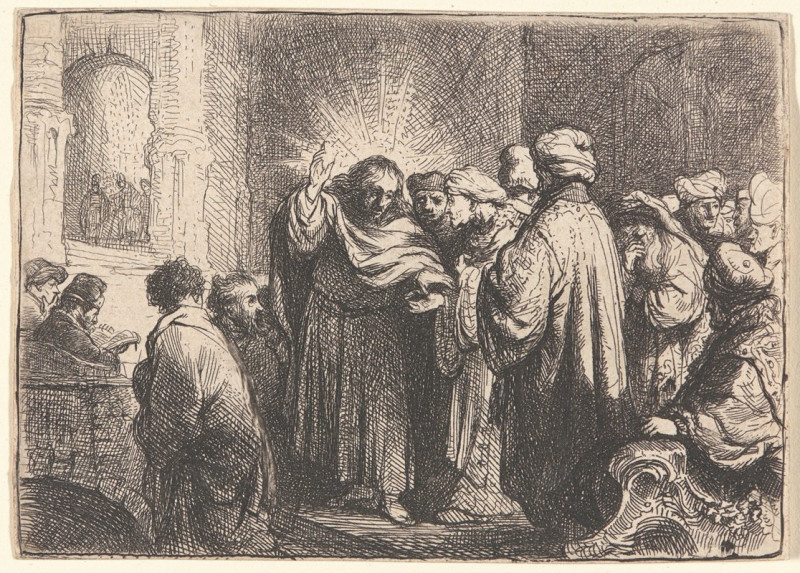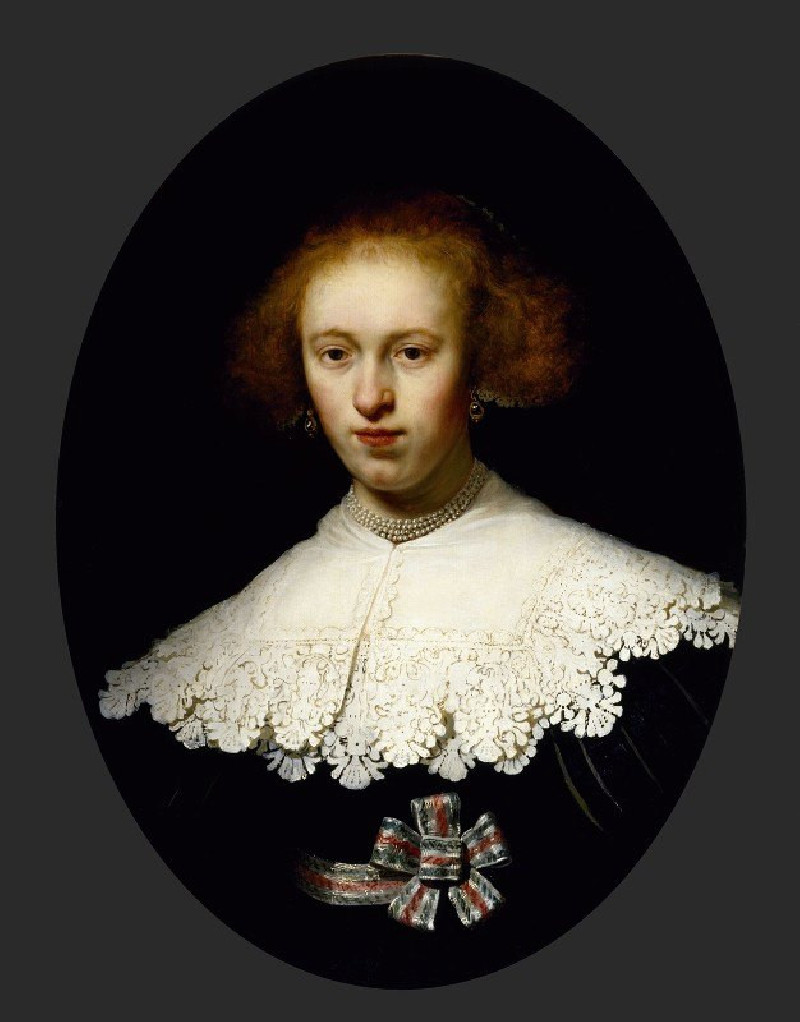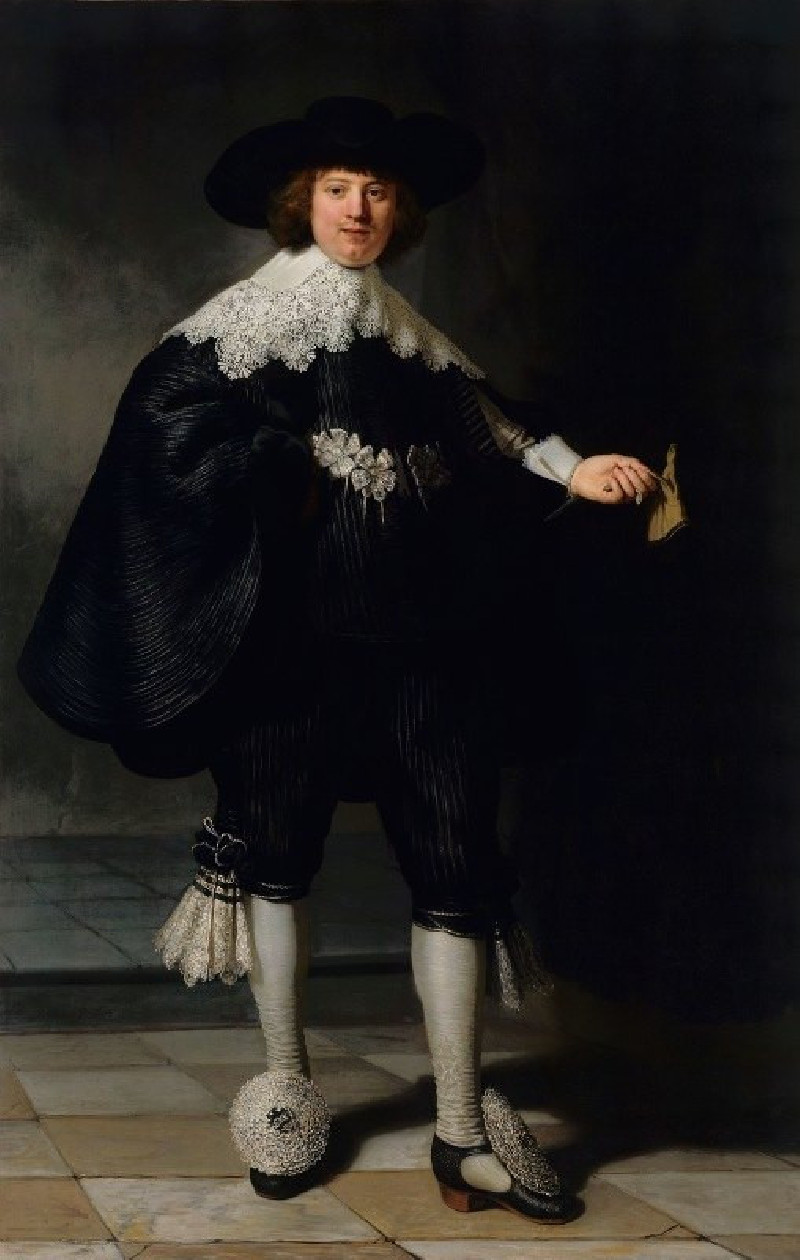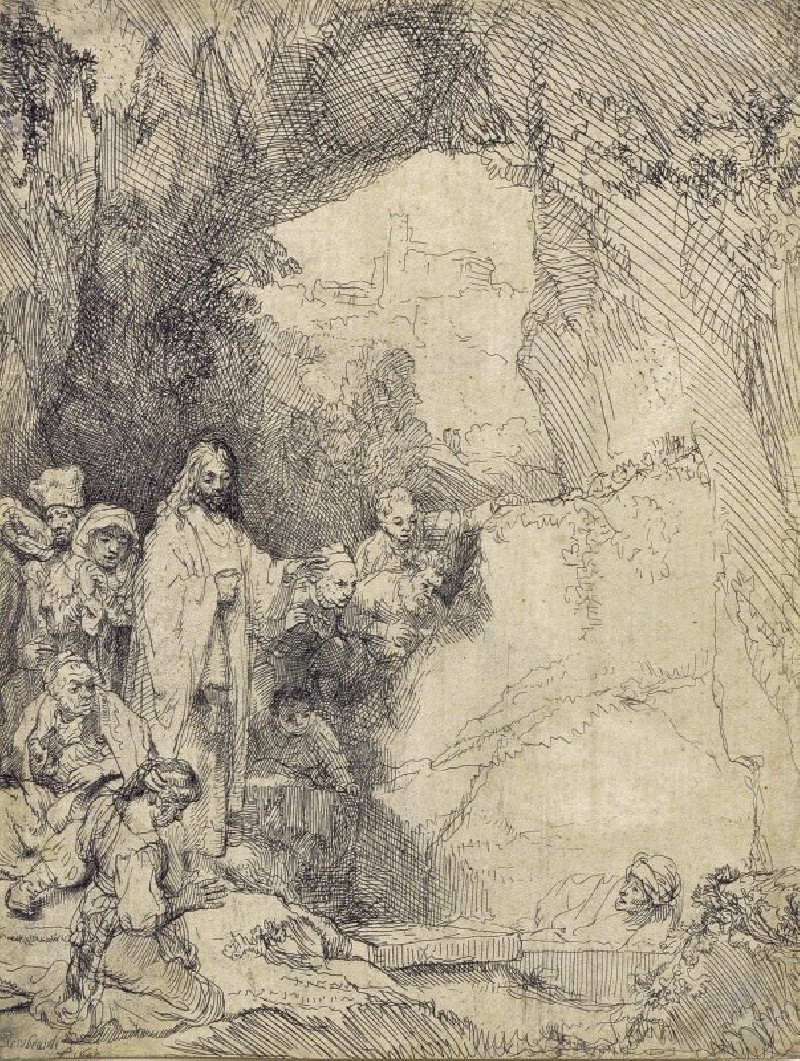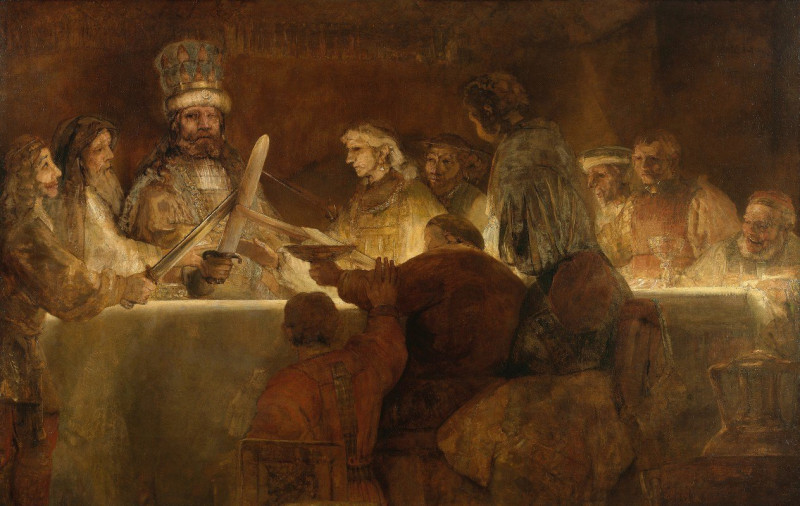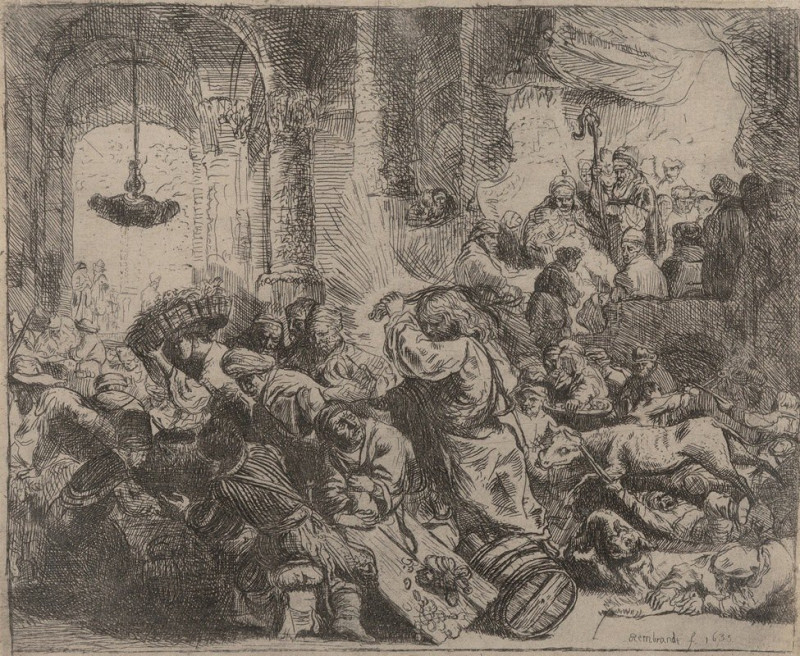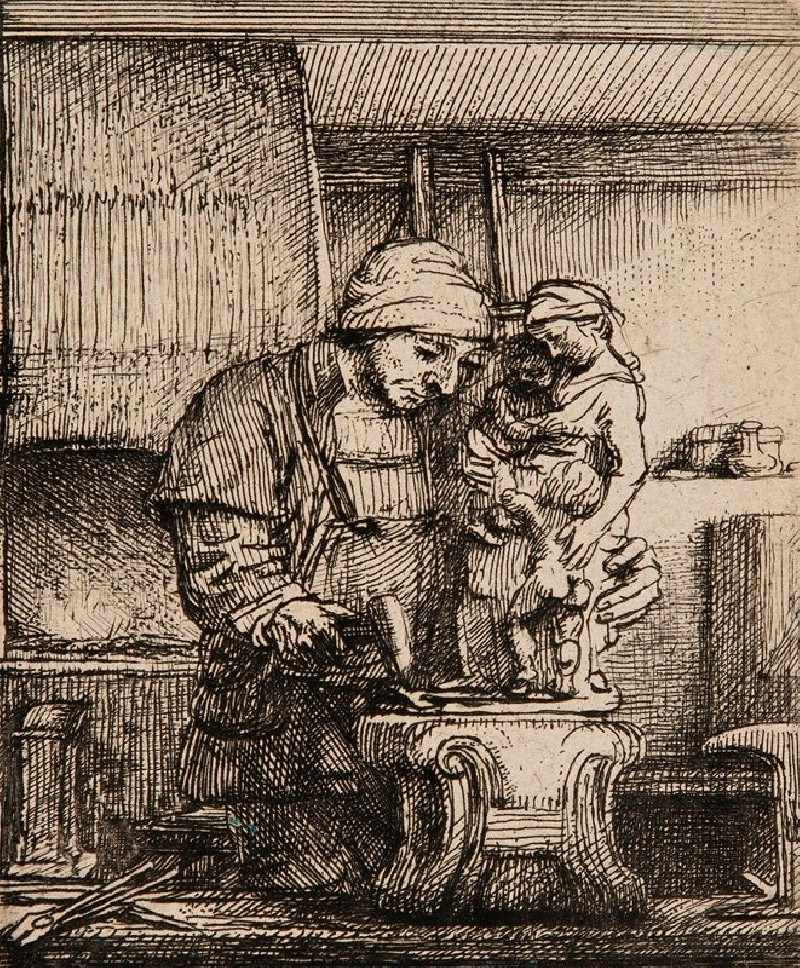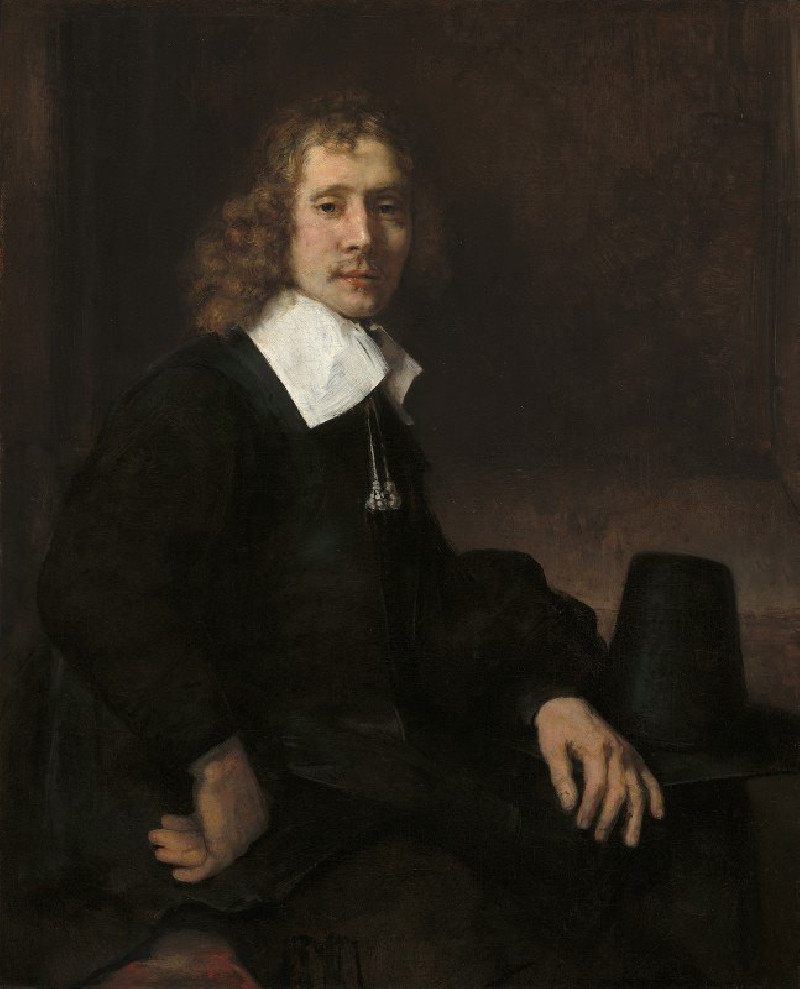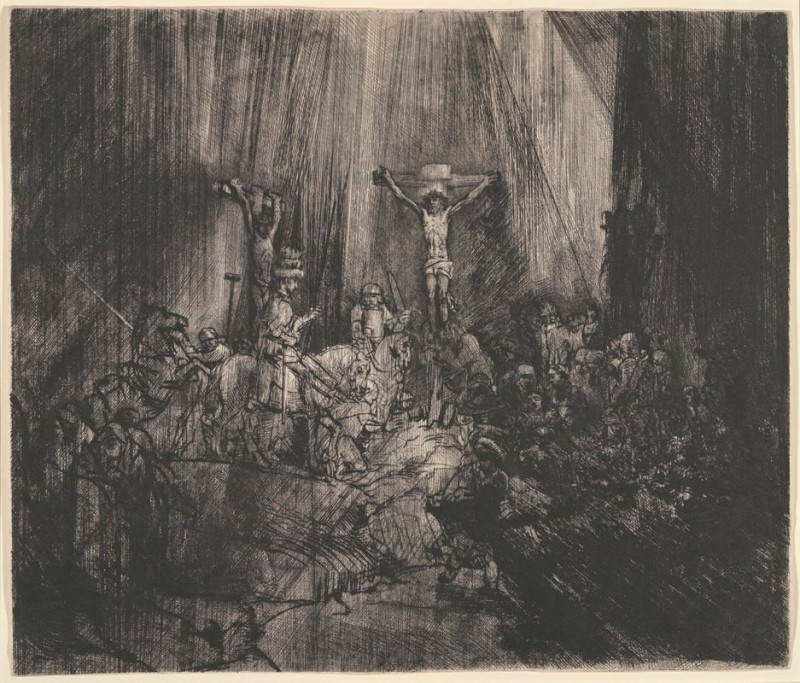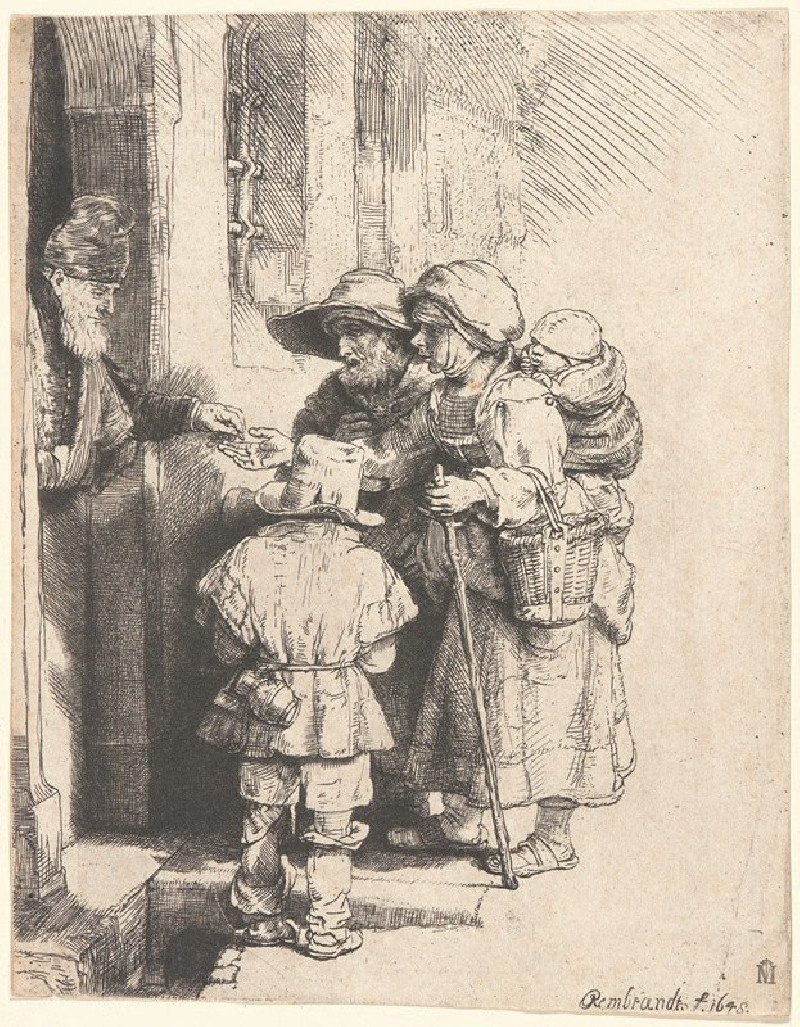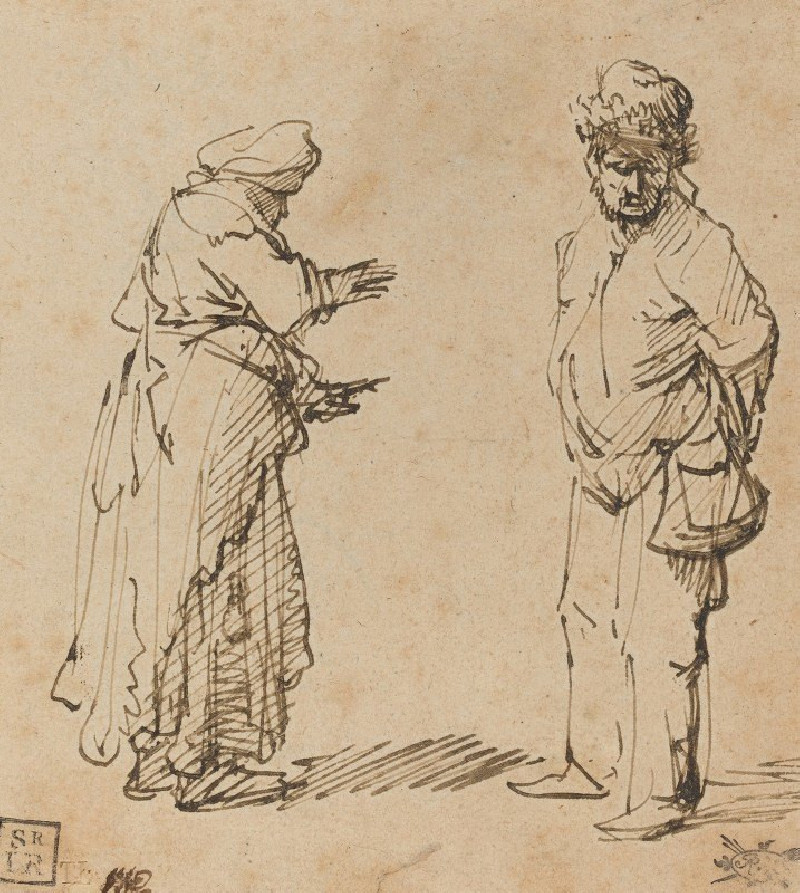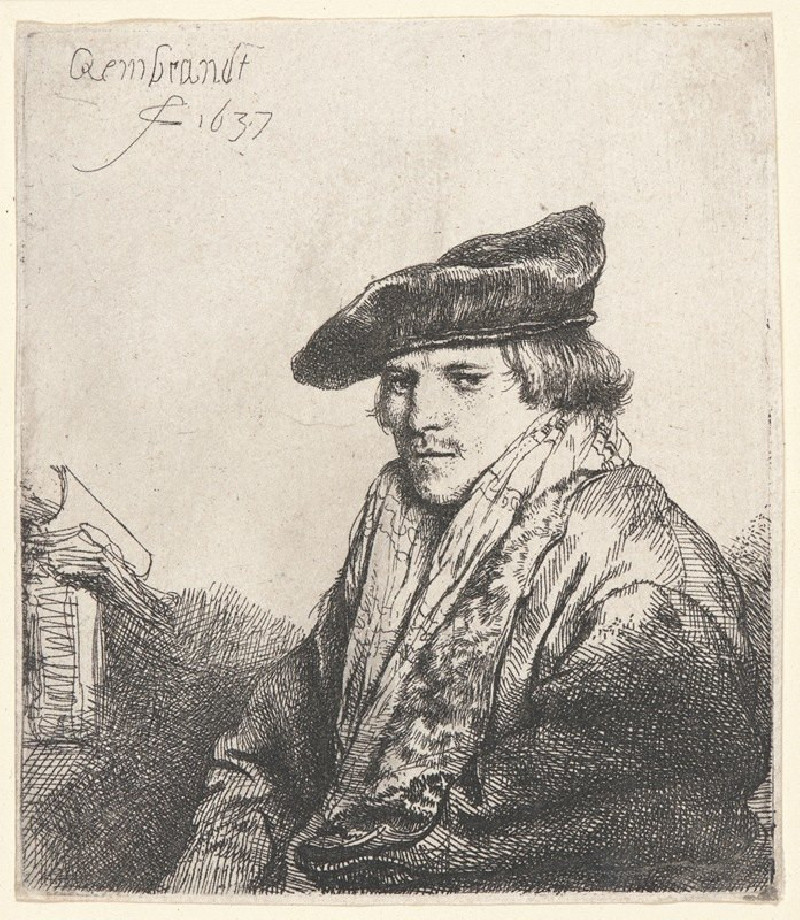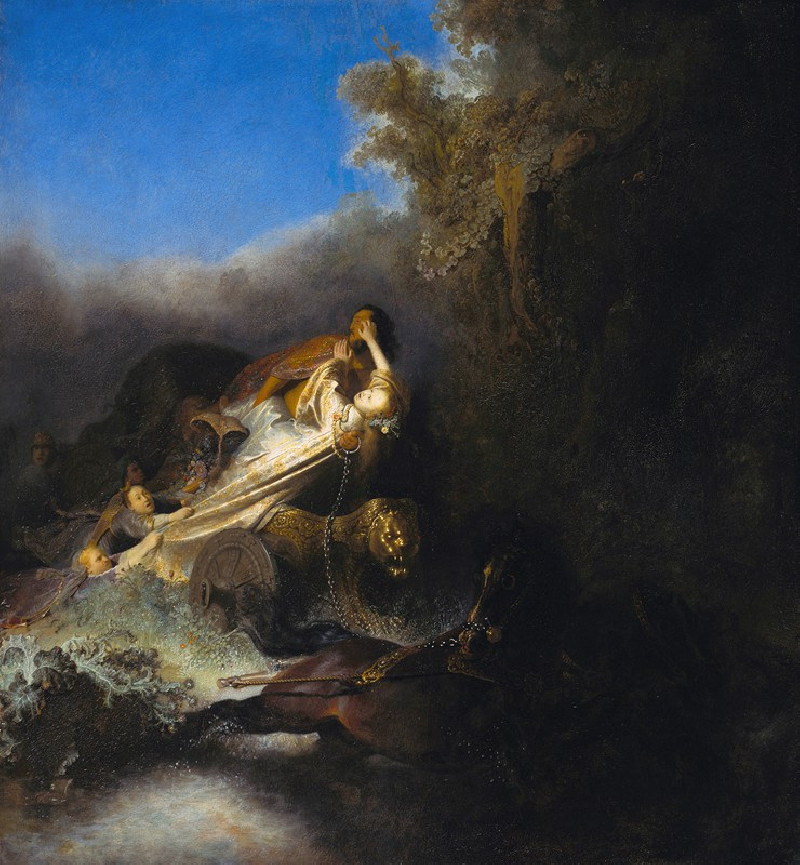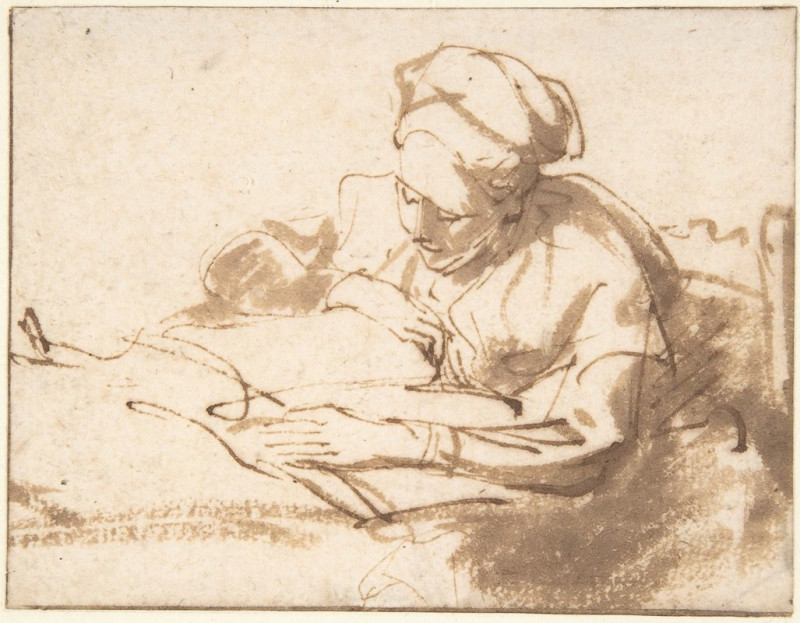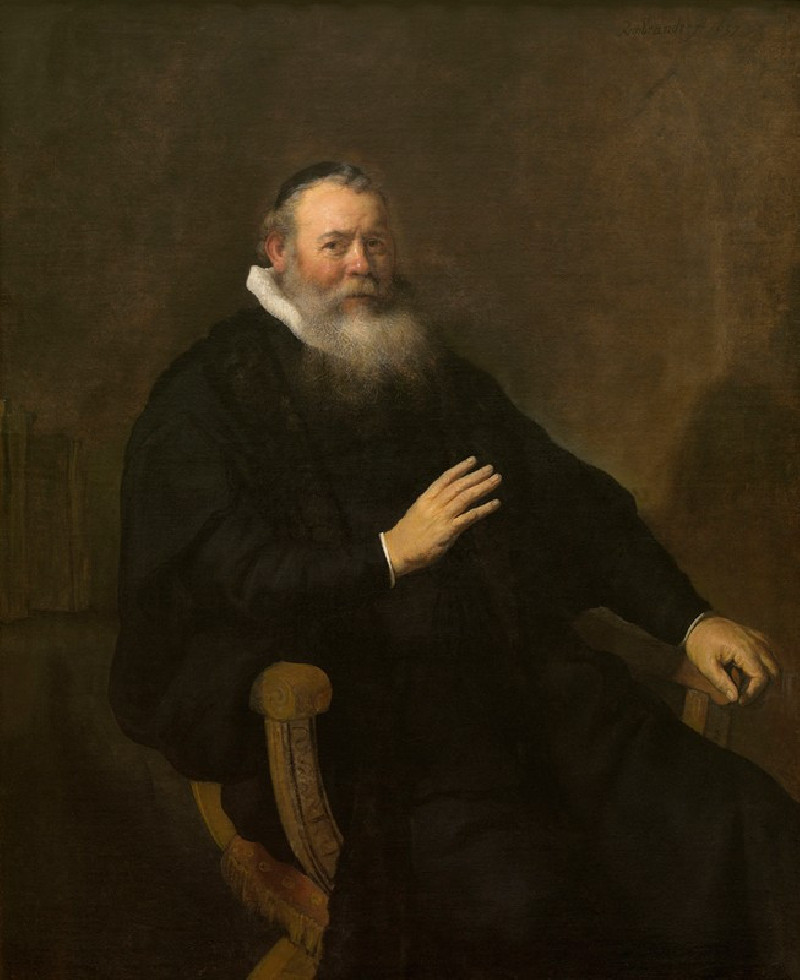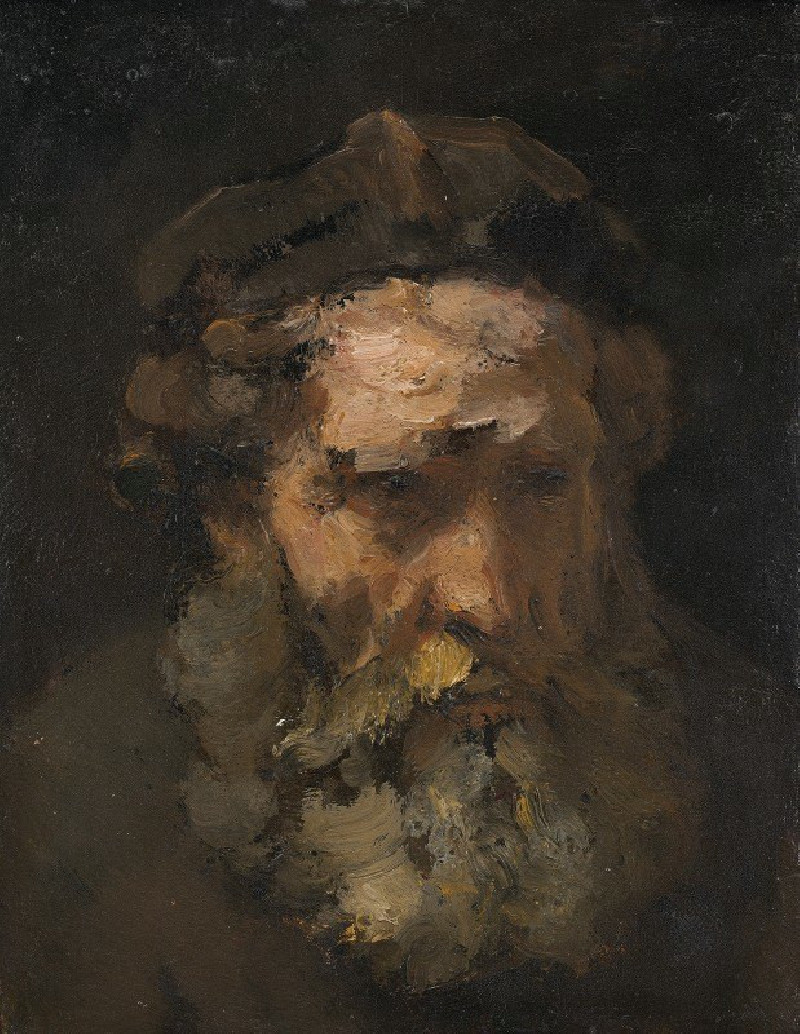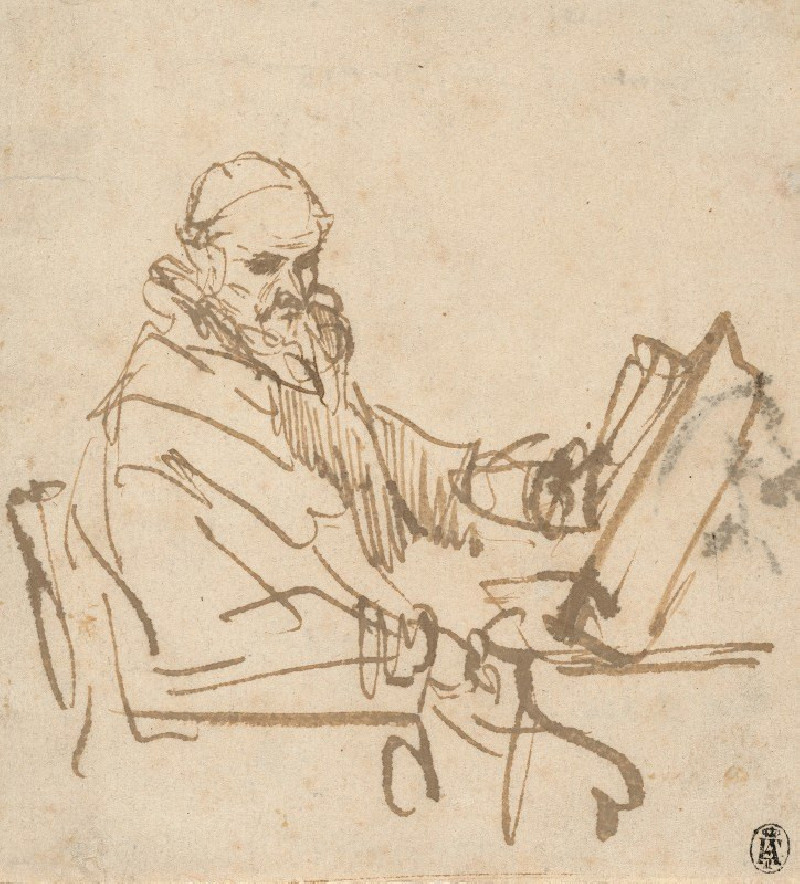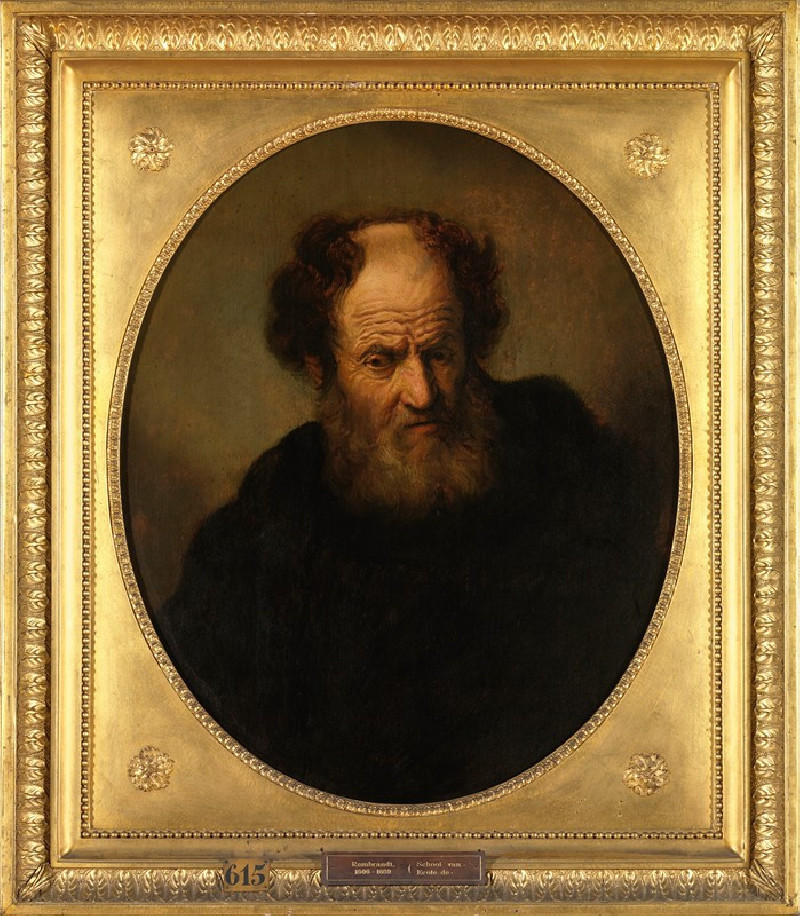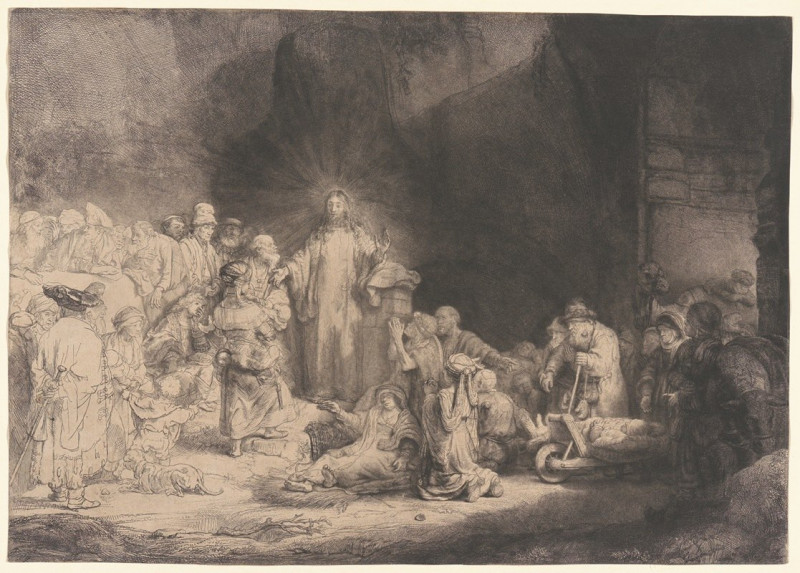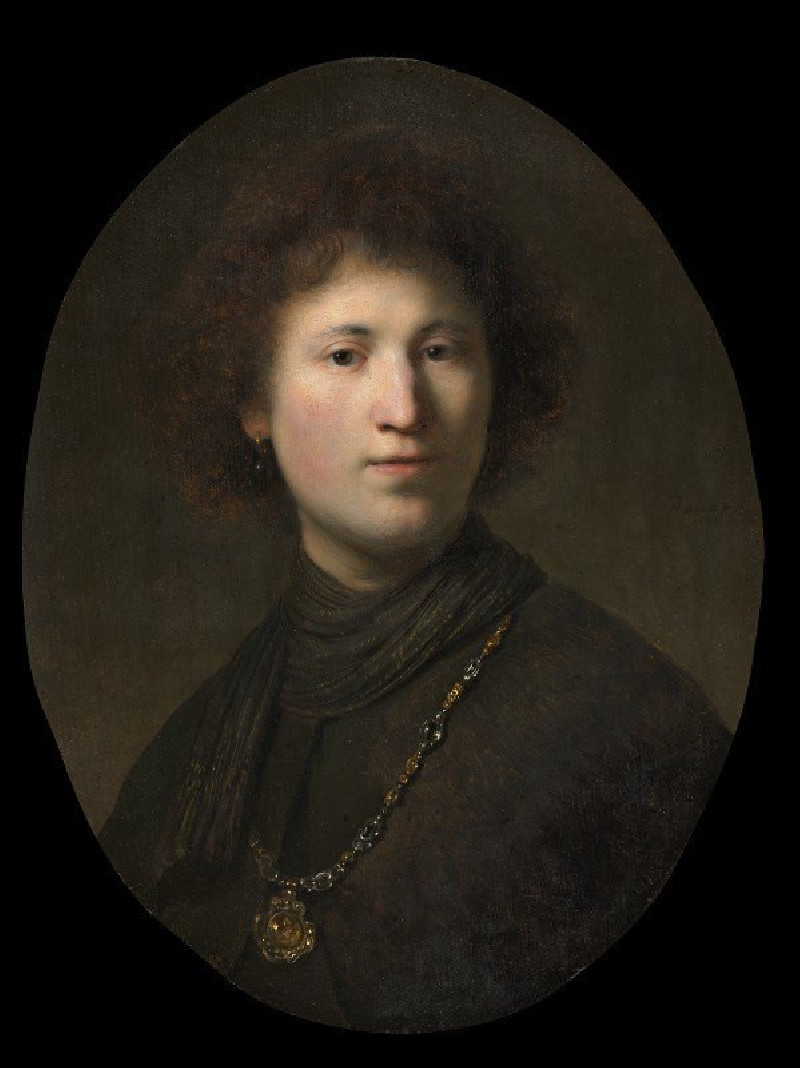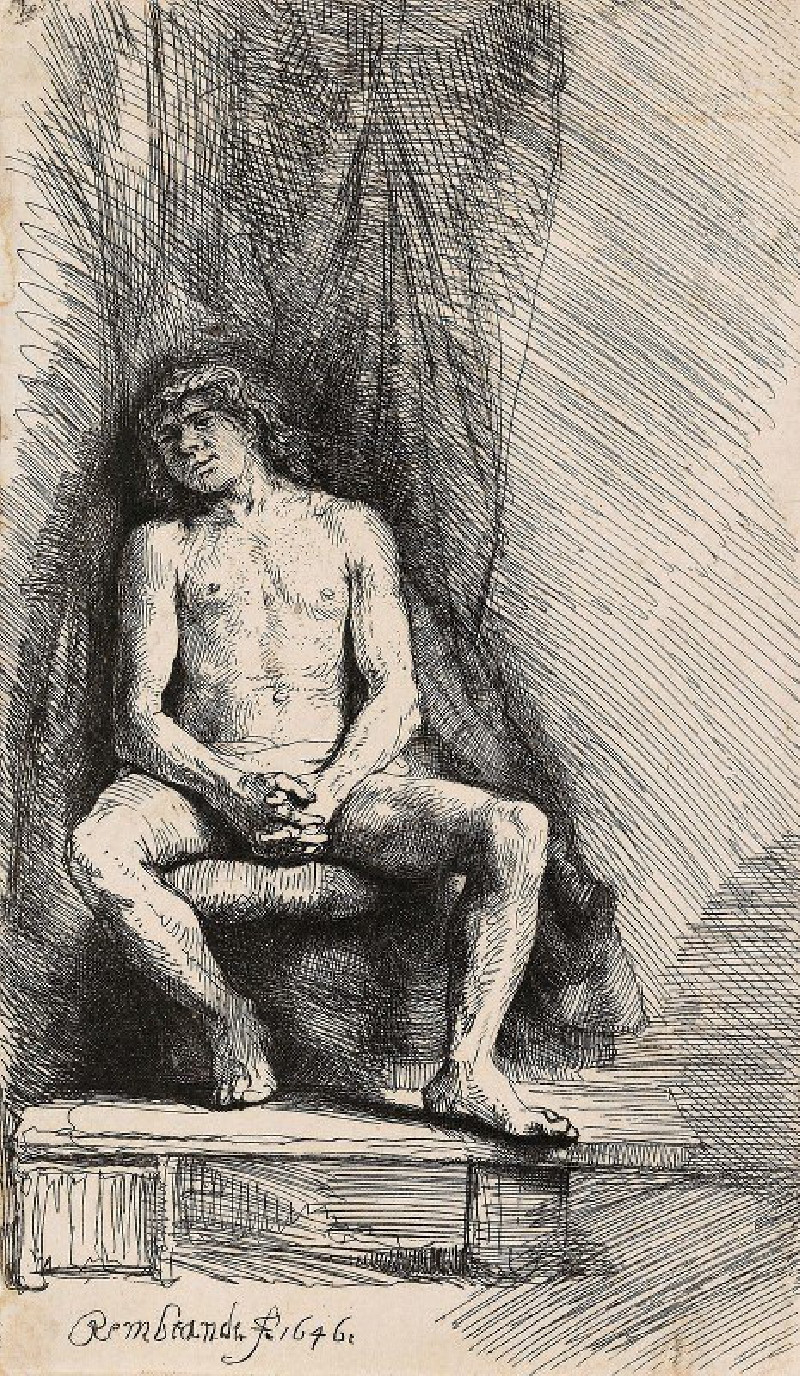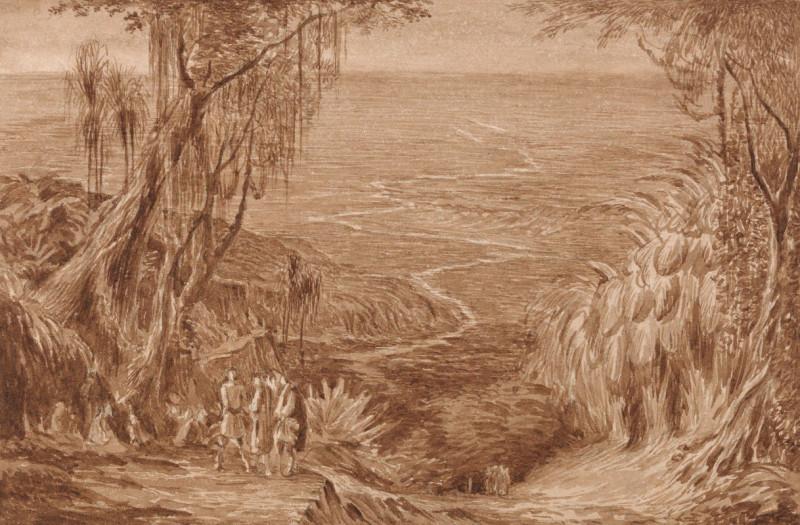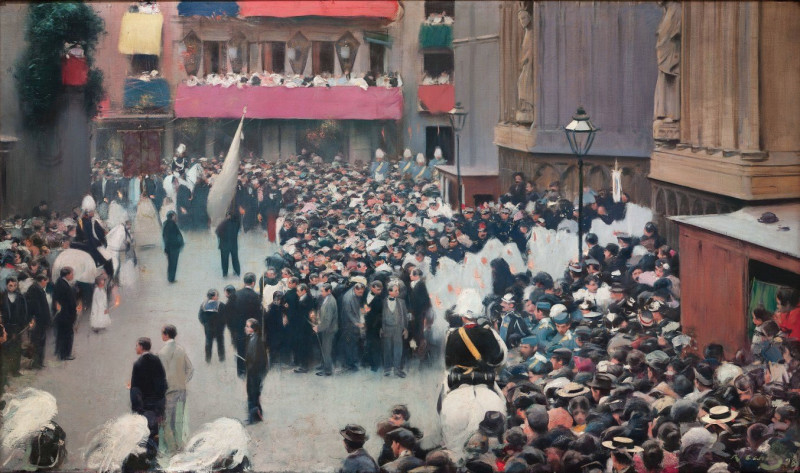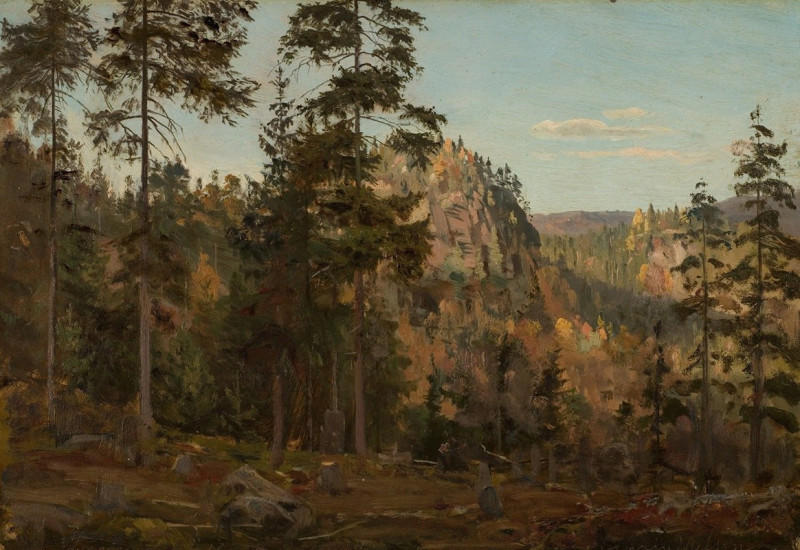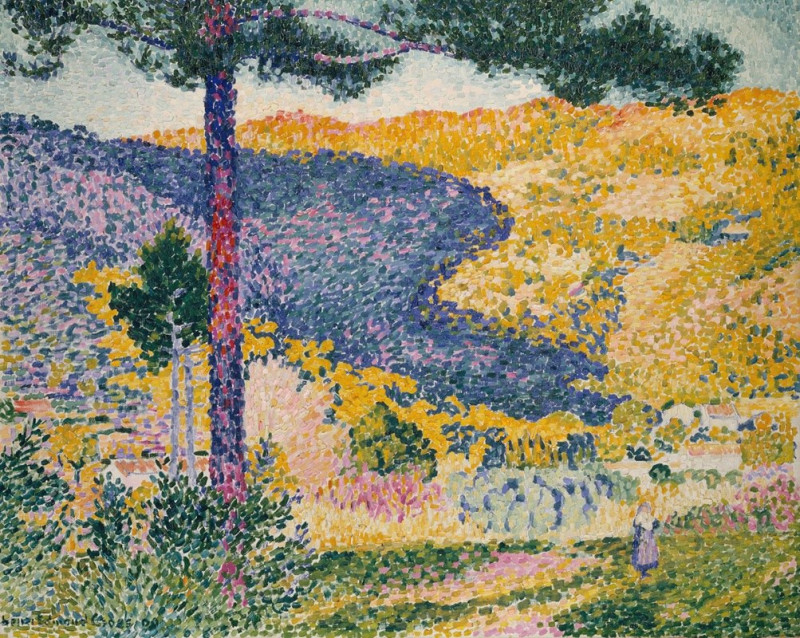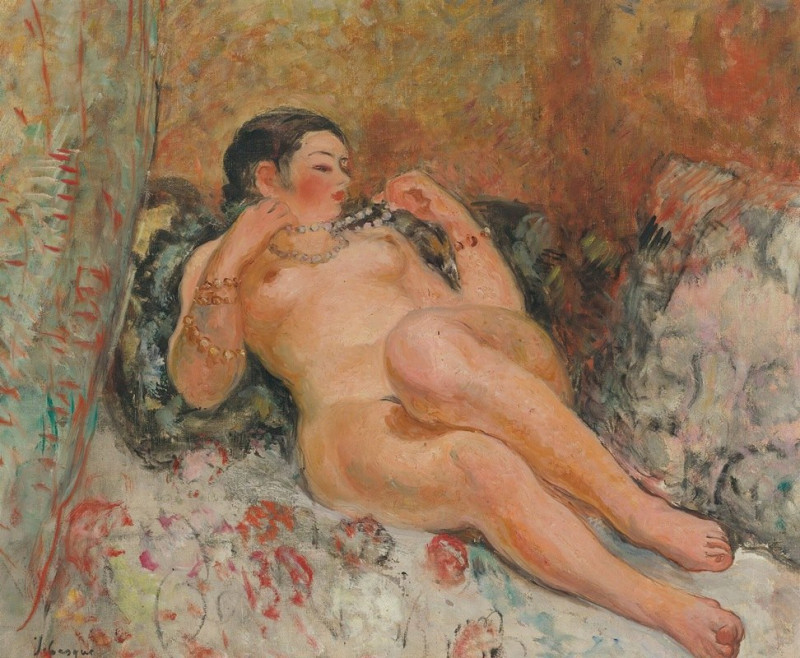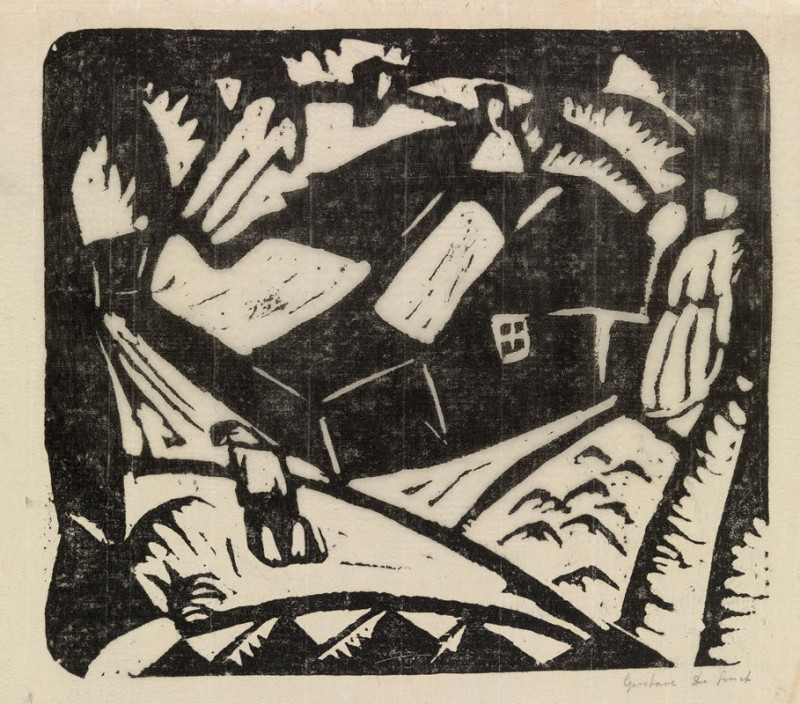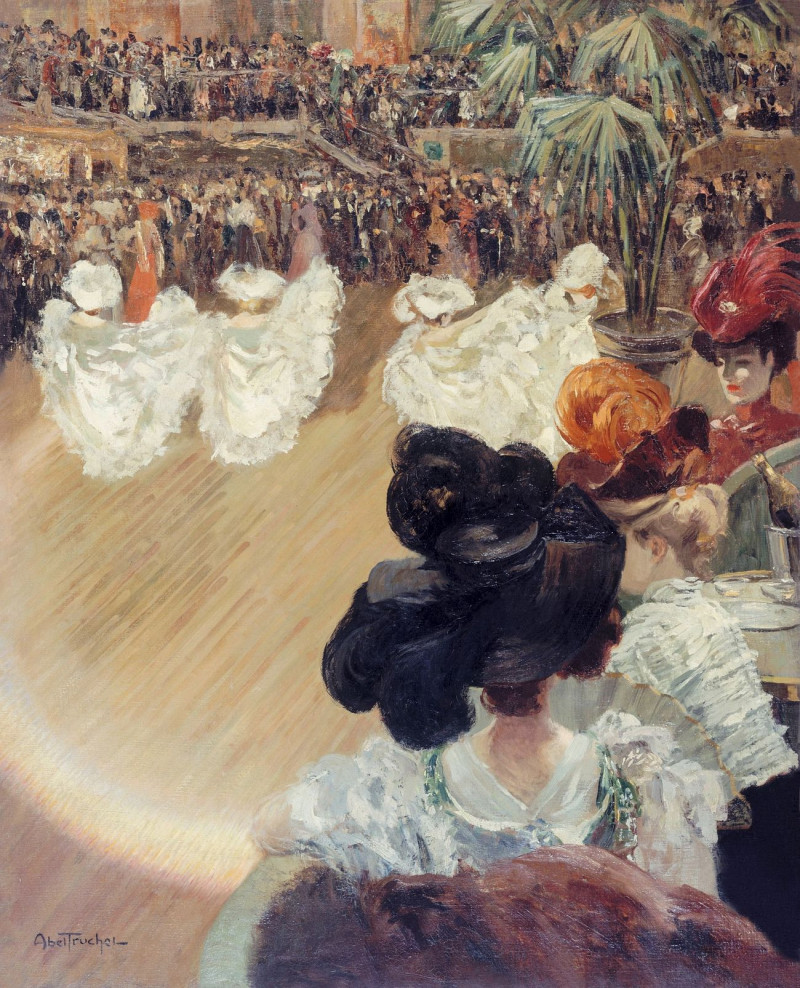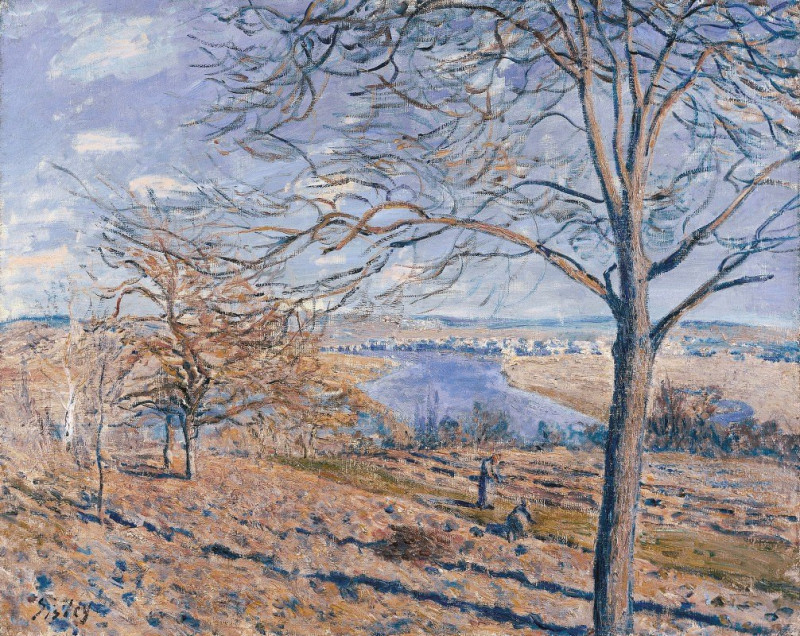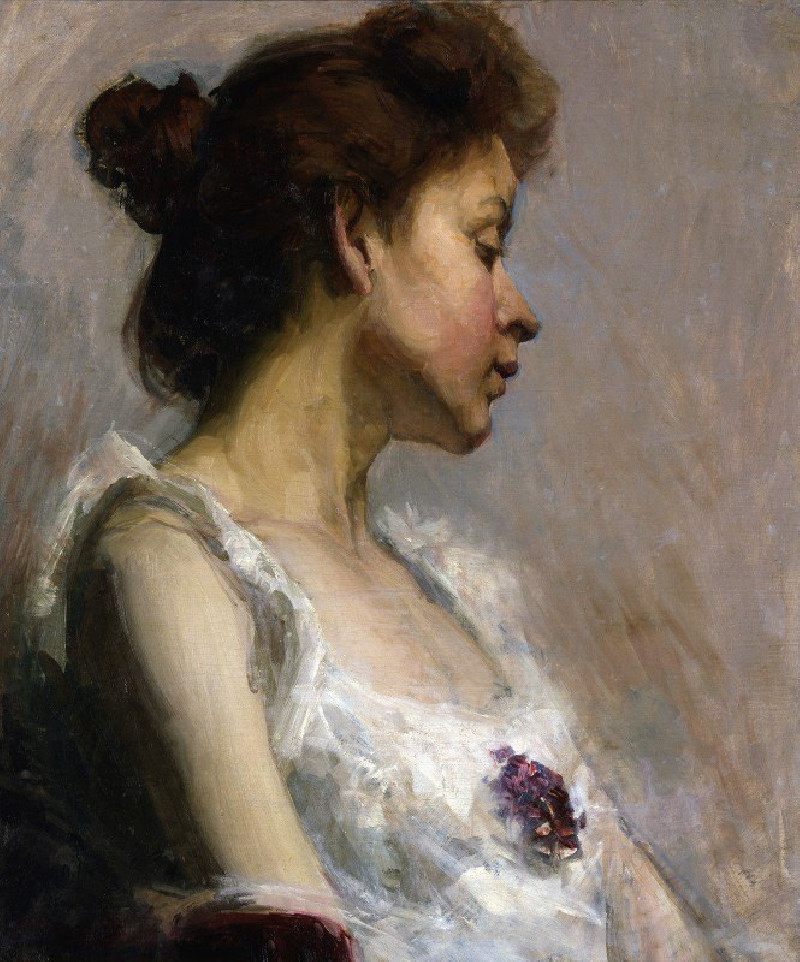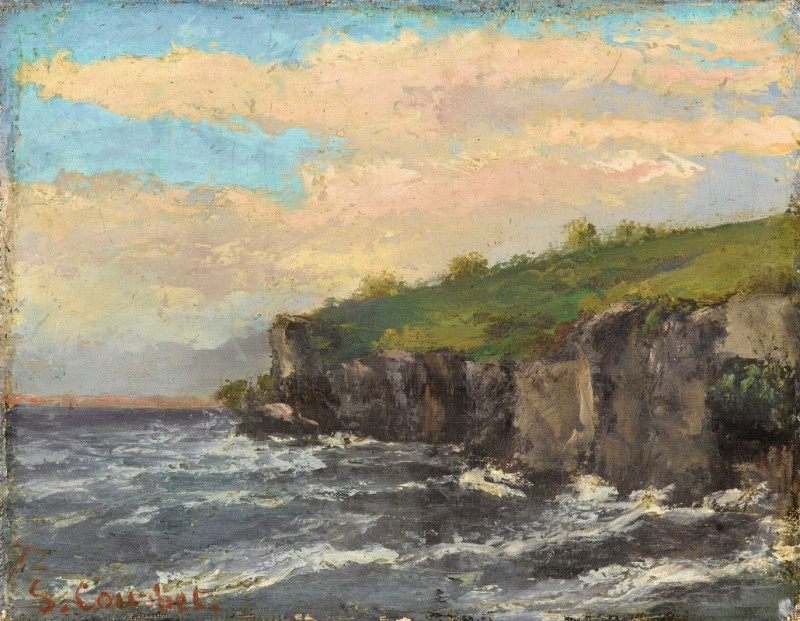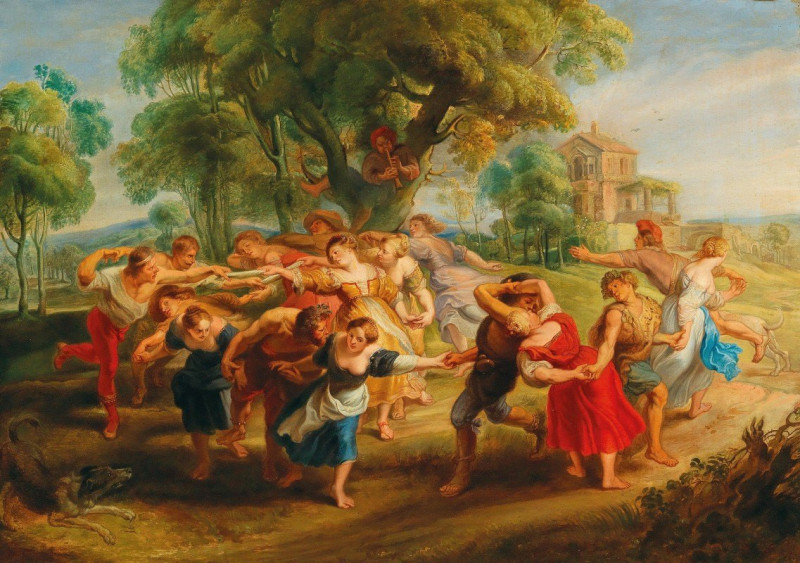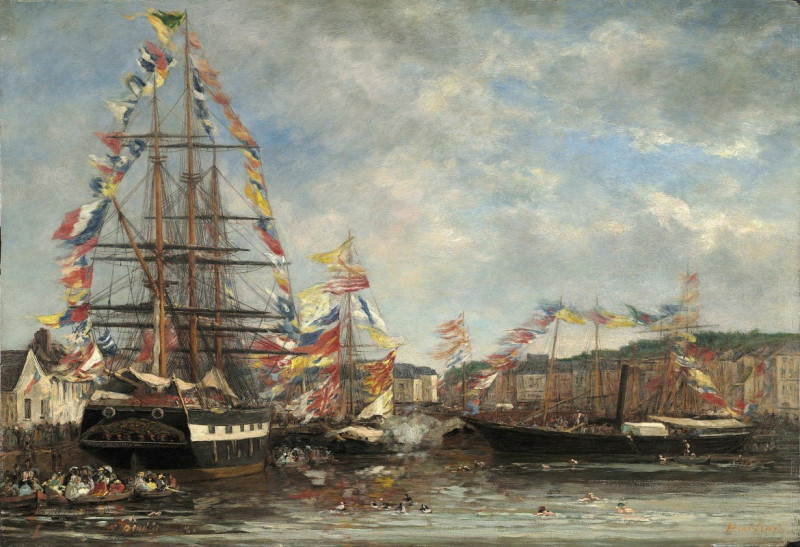Six’s Bridge (1645)
Technique: Giclée quality print
Recommended by our customers
More about this artwork
"Six's Bridge," a remarkable etching done in 1645 by the esteemed Dutch artist Rembrandt van Rijn, captures a serene moment in the rural landscape of the Netherlands. This artwork, modest yet profound in its execution, bears all the hallmarks of Rembrandt's mastery in capturing light, shadow, and the subtlety of everyday scenes.The focus of the etching is a simple wooden bridge, likely a local feature known to the residents of the area. The bridge itself, while modest, acts as a pivotal element in the composition, leading the viewer's eyes across the scene. To the left, a group of robust trees can be seen, their leaves depicted in vigorous, dynamic strokes that suggest the rustling of foliage in a gentle breeze.On the bridge, a figure stands—possibly a local inhabitant or a traveler—overlooking the water. To the right, the calm river is populated by boats, their sails gently draped, hinting at a pause in activity which adds to the tranquility of the scene. The distant background reveals a low horizon, punctuated by the spires of a small town and enveloped in the soft light of what could be either dawn or dusk.Rembrandt's use of line in this etching is particularly notable. The loose, sketch-like quality of his strokes imbues the scene with a sense of immediacy and spontaneity, as if capturing a fleeting moment in daily rural life. This technique, combined with the masterful control of light and texture, allows the viewer to feel a part of this quiet, bucolic world.
Delivery
Returns
Rembrandt Harmenszoon van Rijn was a Dutch draughtsman, painter, and printmaker. An innovative and prolific master in three media, he is generally considered one of the greatest visual artists in the history of art and the most important in Dutch art history. Unlike most Dutch masters of the 17th century, Rembrandt's works depict a wide range of style and subject matter, from portraits and self-portraits to landscapes, genre scenes, allegorical and historical scenes, and biblical and mythological themes as well as animal studies.


